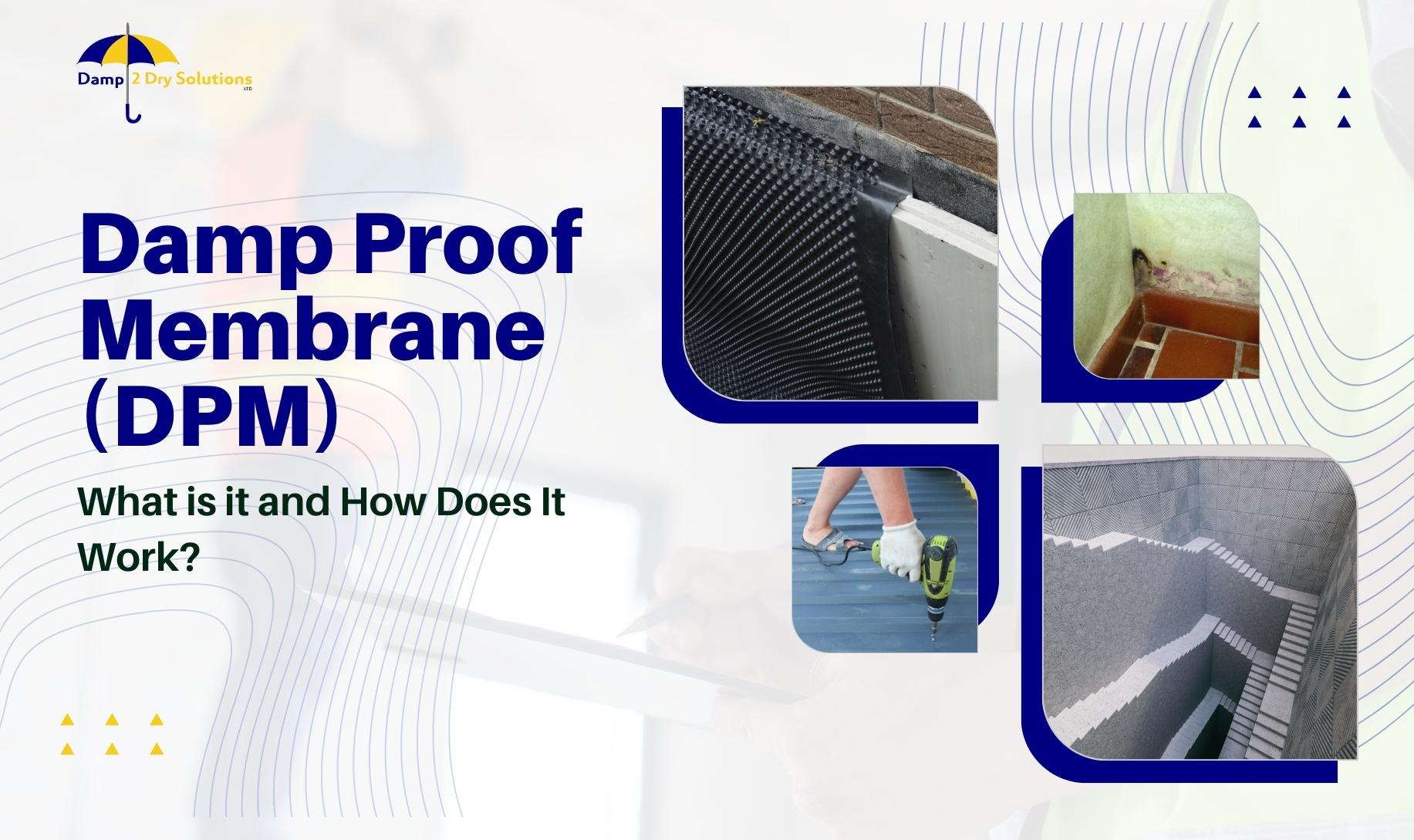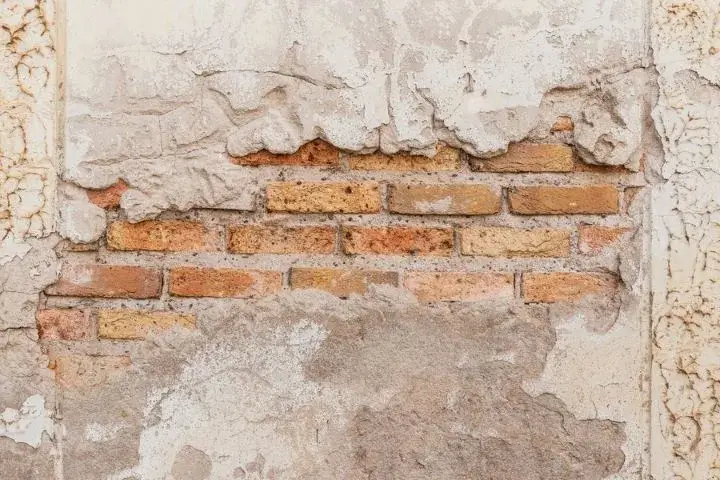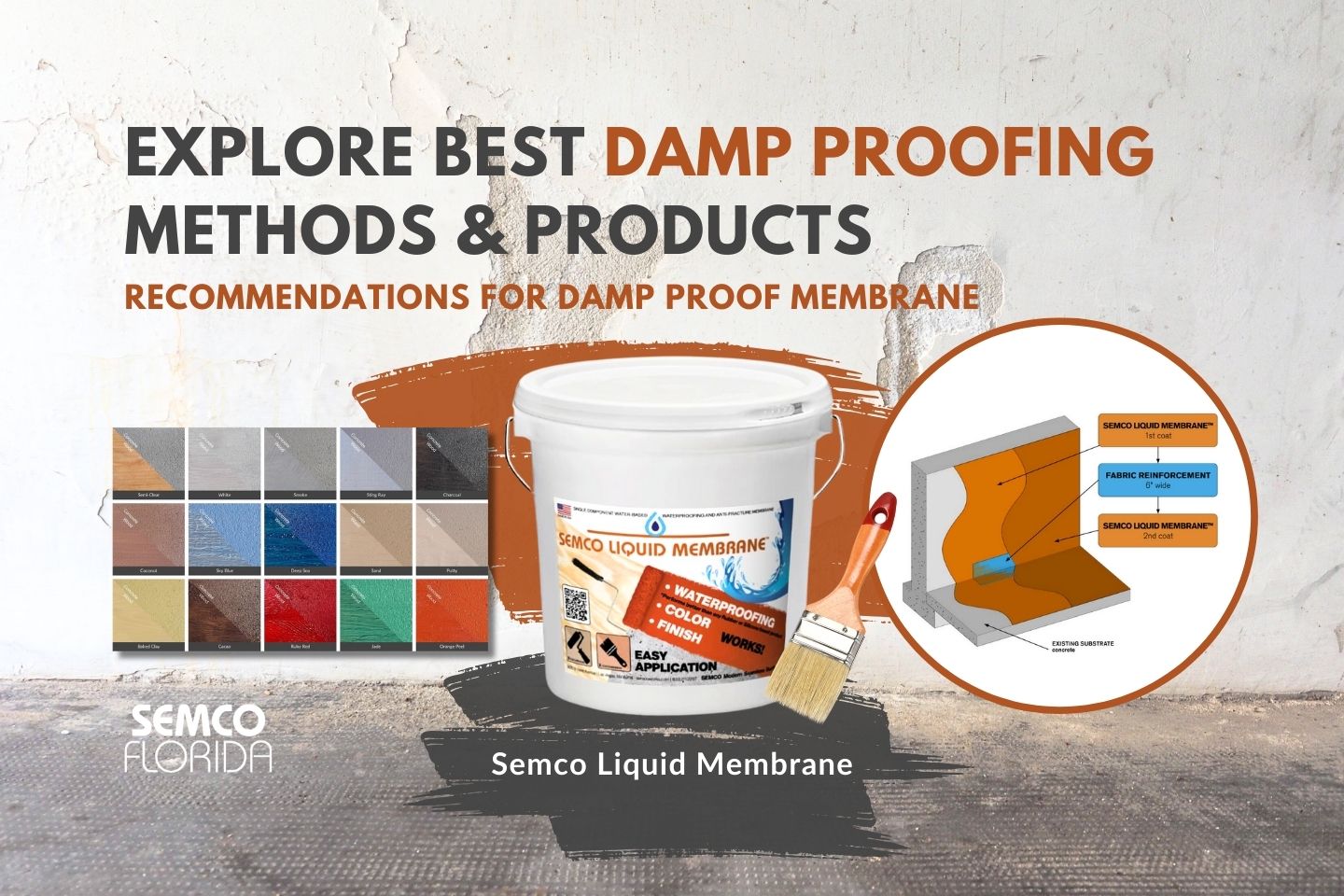How to tell condensation, rising, and penetrating damp with help from damp proofing newcastle
Exploring the Various Strategies and Solutions for Effective Damp Proofing
Dampness in buildings presents significant challenges to both architectural stability and interior air quality. Numerous techniques and services have actually emerged to fight this prevalent problem. From traditional damp-proof membrane layers to ingenious chemical treatments, each technique supplies one-of-a-kind benefits. Comprehending these choices is vital for efficient dampness control. Picking the ideal service depends on particular building problems and requirements, motivating more exploration into the most effective damp proofing methods available.
Understanding the Reasons For Moisture
Although moisture can develop from different resources, understanding these causes is vital for effective removal. Generally, moisture originates from 3 key sources: rising wet, penetrating wet, and condensation. Rising wet happens when groundwater travels up via permeable products, such as block or stone, usually as a result of an absence of a reliable obstacle (mould removal newcastle). Passing through damp is typically triggered by outside aspects, including roof leaks, defective rain gutters, or harmed walls, permitting water to penetrate a residential or commercial property. Condensation, on the other hand, results from excess dampness in the air, commonly aggravated by poor ventilation and temperature differences, bring about water droplets basing on surface areas. Determining these underlying problems is essential, as each type of wetness requires a tailored strategy for removal. Correct assessment helps in identifying the most effective options, ultimately securing the architectural stability of a structure and enhancing interior air high quality
Traditional Damp-Proof Membrane Layers

Chemical Damp-Proofing Solutions
Chemical damp-proofing solutions supply an ingenious method to avoid wetness breach in structures. These approaches usually entail the application of fluid chemicals that penetrate stonework and form a barrier against climbing wet. Generally utilized chemicals include silanes, siloxanes, and other water-repellent representatives that respond with surface area products to produce a hydrophobic layer.The application procedure typically requires boring openings into the walls, injecting the chemical option, and allowing it to treat. This method is specifically helpful for older structures where typical damp-proof membranes might be unwise. Chemical damp-proofing can be less turbulent and more cost-effective than extensive restoration projects.While reliable, these remedies depend on appropriate application and ecological problems for peak efficiency. damp specialist newcastle. Regular upkeep and tracking are vital to guarantee the durability of the damp-proofing treatment. On the whole, chemical damp-proofing stands for a functional alternative for guarding buildings against moisture-related damages
Cavity Wall Building Strategies
Dental caries wall surface building and construction strategies provide countless advantages, particularly in moisture control and energy effectiveness. By incorporating an air void in between 2 layers of masonry, these wall surfaces successfully minimize water access while enhancing insulation. This combination not just safeguards frameworks from wetness yet also adds to minimized energy consumption.
Advantages of Tooth Cavity Walls
When considering reliable wet proofing approaches, the benefits of tooth cavity wall surfaces stick out plainly. Dental caries wall surfaces are composed of 2 different layers, producing an air void that properly minimizes wetness penetration. This style decreases the threat of moisture, as the external wall acts as an obstacle versus rain and water access. Additionally, cavity wall surfaces enhance thermal insulation, which contributes to power effectiveness by decreasing heat loss. They likewise provide audio insulation, helping to create a quieter interior environment. Moreover, the air space enables air flow, which helps in dampness control and minimizes the likelihood of mold development. These benefits not only improve the total convenience of a structure however likewise add to its long life and structural stability.
Wetness Control Methods
Reliable dampness control strategies are critical in dental caries wall building and construction to guarantee long-term defense versus moisture. One main approach includes the consolidation of weep openings, which assist in water drain from the tooth cavity, avoiding buildup. Additionally, the use of breathable membrane layers can aid manage wetness degrees while allowing trapped vapor to leave. Appropriate placement of insulation is also crucial, as it needs to not block drainage courses. Furthermore, guaranteeing that the external leaves of the tooth cavity wall surface are created with water-resistant products enhances total longevity. Regular upkeep checks are vital to identify any type of clogs or damages early, protecting the structure's honesty. Ultimately, a mix of these techniques creates a durable protection against wetness intrusion in tooth cavity wall surfaces.
Insulation and Power Efficiency
Insulation plays an important role in boosting power performance within dental caries wall building and construction. By integrating protecting products, these wall surfaces develop a thermal obstacle that decreases warm loss and decreases energy consumption. Efficient insulation not only assists preserve a secure interior temperature level however additionally mitigates the danger of moisture, as it avoids condensation within the wall dental caries. Different methods, such as the usage of rigid foam boards or mineral woollen, can be used to attain perfect insulation efficiency. Additionally, proper setup is vital to assure that voids and voids are reduced, which can otherwise compromise energy effectiveness. Eventually, a well-insulated tooth cavity wall surface adds significantly to overall sustainability and reduces cooling and heating expenses for homeowners.
Exterior Damp Proofing Methods
Exterior damp proofing methods are essential for shielding structures from dampness infiltration. Two effective strategies consist of the application of water-proof membrane layers and the setup of here French drains pipes. These services aid mitigate water build-up and protect the honesty of structures.
Waterproof Membrane Layer Application
While different techniques exist for avoiding dampness ingress, the application of waterproof membranes stays a very efficient outside moist proofing strategy. These membrane layers are normally made from products such as polyethylene, rubber, or modified asphalt, offering a robust barrier versus water infiltration. The installation procedure includes applying the membrane to the external surfaces of walls or structures, ensuring complete insurance coverage to stop leaks. Correct bond and sealing at joints are crucial to optimizing performance. Water-proof membrane layers can be used in numerous kinds, including fluid coatings and sheet membranes, permitting versatility based upon the certain needs of the structure. This approach not only secures structures from wetness but likewise boosts their durability and structural integrity.
French Drain Setup
One effective approach for taking care of groundwater and protecting against wetness build-up around a structure's foundation is the installment of a French drainpipe. This drainage system contains a trench filled with gravel and a perforated pipeline that reroutes surface water away from the foundation. Correct installation needs careful preparation, making sure that the drainpipe slopes far from the structure to help with excellent water flow. Additionally, the area of the drainpipe is crucial; it ought to be placed in areas prone to merging or excess dampness. Normal maintenance, including cleaning debris from the gravel and guaranteeing the pipeline continues to be unhampered, is vital for long-lasting effectiveness. Eventually, a well-installed French drain can considerably reduce the risk of water-related problems in structures and cellars.
Interior Waterproofing Strategies
Interior waterproofing methods are important for securing a building's interior from moisture infiltration and possible water damage. These strategies usually involve the application of specialized materials and techniques developed to create a wetness obstacle within the framework. One usual technique is the usage of waterproof coatings or sealants on wall surfaces and floorings, which stop wetness from penetrating surfaces.Additionally, mounting interior drain systems, such as sump pumps, can efficiently take care of water accumulation in basements and creep areas. An additional approach includes the use of vapor barriers, which are installed to inhibit dampness activity from the ground right into living spaces.Moreover, attending to any kind of fractures or voids in wall surfaces or foundations with ideal sealants guarantees a thorough protection versus water invasion. By applying these interior waterproofing approaches, homeowner can considerably minimize the threat of mold and mildew growth, structural damages, and various other moisture-related problems. Correct implementation of these techniques is necessary for lasting defense and structure honesty.
Regular Maintenance and Inspection Practices
Regular upkeep and assessment methods are vital for guaranteeing the lasting performance of damp proofing solutions in any type of building. Routine checks allow homeowner to determine very early signs of moisture intrusion, such as peeling paint, mold development, and mildewy odors. These signs can signify underlying problems that require prompt attention.Inspections ought to be carried out a minimum of annually, focusing on susceptible locations like basements, crawl areas, and outside wall surfaces. During these evaluations, residential property proprietors ought to take a look at sealers, water drainage systems, and air flow to confirm they operate correctly.Additionally, keeping gutters and downspouts is important, as clogged up systems can result in water build-up near the foundation. Carrying out a routine upkeep schedule, together with timely repair work, can significantly expand the life-span of moist proofing actions and protect the structural stability of the building. Aggressive measures ultimately add to the general health and wellness of the living atmosphere.
Frequently Asked Questions
Exactly How Long Does Damp Proofing Generally Last?
The period of wet proofing performance varies, generally lasting between 20 to half a century. Variables such as application high quality, environmental conditions, and maintenance methods significantly influence the longevity of the damp proofing treatment.

Can I Damp Proof My Home Myself?
The specific considered the expediency of do it yourself damp proofing. With appropriate research and the right products, it is feasible. They likewise acknowledged the value of expert assistance to guarantee durable effectiveness and stop future issues.
What Are the Indications of Inadequate Damp Proofing?
Signs of ineffective damp proofing consist of consistent stuffy smells, visible mold development, peeling paint, wet patches on walls, and wood decay - mould treatment newcastle. House owners should address these concerns promptly to avoid further damages and health and wellness concerns
Does Damp Proofing Affect Indoor Air High Quality?

How Much Does Professional Damp Proofing Cost?
Expert wet proofing expenses vary substantially, commonly varying from $1,000 to $5,000 relying on the home's dimension, the extent of the moist problem, and chosen methods. Each circumstance requires a tailored assessment for accurate prices. Generally, dampness originates from 3 main resources: increasing moist, permeating moist, and condensation. When taking into consideration effective moist proofing methods, the advantages of dental caries walls stand out prominently. Outside damp proofing techniques are necessary for securing frameworks from wetness infiltration. While different approaches exist for preventing moisture ingress, the application of water-proof membrane layers remains a highly effective external wet proofing technique. Indications of inadequate damp proofing consist of persistent stuffy smells, visible mold and mildew growth, peeling paint, wet spots on walls, and timber decay.